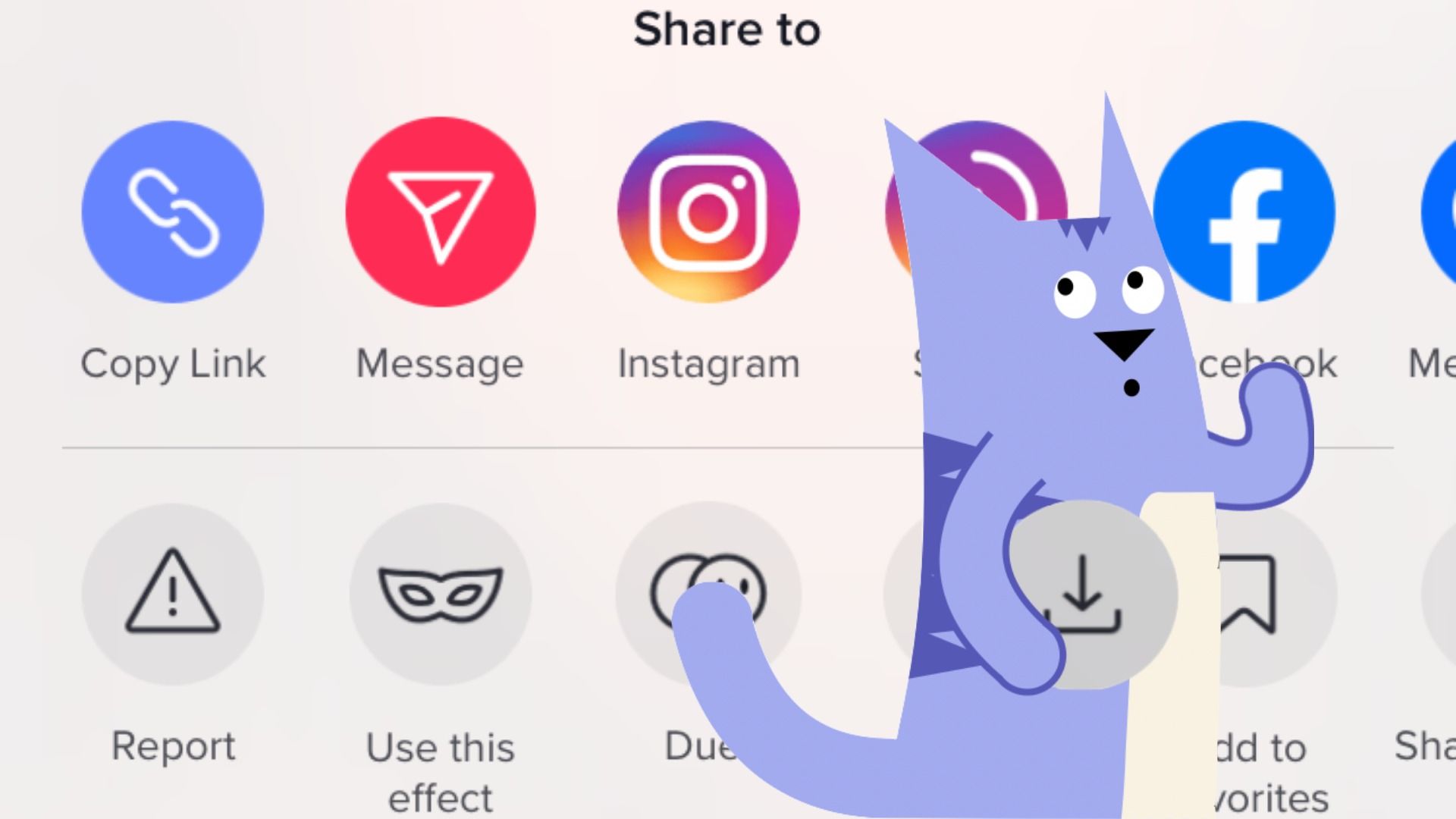

- #VUZE SETTINGS TO NOT GET CAUGHT HOW TO#
- #VUZE SETTINGS TO NOT GET CAUGHT SOFTWARE#
- #VUZE SETTINGS TO NOT GET CAUGHT DOWNLOAD#
- #VUZE SETTINGS TO NOT GET CAUGHT TORRENT#
What to do?Įnsure that you're using protocol encryption and that it is set to FORCED. While that means little to nothing up front, it may compromise the legitimacy of a court case.īut let's say you're using a public tracker and you're paranoid. While not fool proof, having private trackers dramatically cuts down on the number of potential content providers scanning for shared content as many private trackers have EULAs which absolve them of user provided content responsibility as well as ban law enforcement agencies from joining. Private sites are sometimes difficult to get into and often require a 'share ratio' of uploading and downloading in harmonious balance, lest you be banned.
#VUZE SETTINGS TO NOT GET CAUGHT TORRENT#
The best way to avoid Honey-pot torrents all together is to only torrent from private trackers. Likewise, a good way to avoid P2P Network sniffing is not to use P2P Networks and limit your downloading practices to the more stealthy avenues of torrenting and newsgroup binaries. Not always practical, but a good way to avoid any violation notices to start.
#VUZE SETTINGS TO NOT GET CAUGHT DOWNLOAD#
The best way to get around header probing and traffic logging is to simply NEVER DOWNLOAD CONTENT FROM HTTP SITES.
#VUZE SETTINGS TO NOT GET CAUGHT HOW TO#
How to get around all this: Encryption! Proxies and protocol enforcement can also help. All the content producer needs to do at that point is confirm that the file is in fact their copyrighted content and to obtain the plainly available IP address of persons hosting the 100% complete file. Using the bittorrent protocol, it's not difficult to see what users you're connected to have what percentage of the file. When you're torrenting using conventional methods, the tracker provides a dynamic list so users can seamlessly transfer bits of file to other users. This torrent may be either hosted directly by the content producer, or it may a pirated file they are aware of and are also downloading. Torrent Honey-pot: The latest and greatest method of pirate entrapment is the honey-pot torrent. Once a user name is associated with shared files, it's a few negligible legal hurdles to request IP addresses, and then request physical addresses from the ISP. In the case of Napster and Limewire users, this was all that was necessary for companies to go after users directly. P2P Network sniffing involves setting up an account and performing searches for what other people are sharing. P2P Network sniffing: This method is what got napster and limewire users in trouble. Even if you never made an account, be sure that they have logged your IP. Many companies these days excuse themselves from liability by baking "not responsible for user uploaded content" clauses into their EULAs, but depending on the nature and severity of the infraction, it is possible that a content provider may press the file share site for user details. If a company files a copyright takedown notice on the file, typically only the user that uploaded the file experiences any backlash. That means, any time that you're downloading or uploading a file to sites such as MegaUpload or other "anonymous" file hosting sites, your IP is being recorded. Traffic logging: It's fairly standard practice to monitor the IP activity of all upload and download activity on a server. They then can determine if you were just downloading a wallpaper pack, or if you were downloading an entire discography, and respond with cease and desist letters accordingly. If the scanner catches one of those keywords, an alert is given to the person in charge of content monitoring.
#VUZE SETTINGS TO NOT GET CAUGHT SOFTWARE#
The captured header traffic is then scanned for keywords, often provided by a content provider or associated content provider protection agency, looking for specific movie, music or software keywords. Since a staggering amount of files are transferred just to load web pages and associated images, the engine should be set to only look at the headers of files over a certain size. Header probing basically entails an active engine on the network (your ISP backend) looking at the file headers for any files being transmitted.

Header Probing: Header probing is more common in college campuses because they can get fined, heavily, if students abuse the college bandwidth to download copyrighted materials. Typically this occurs in the download phase, for any number of reasons. There's several different ways that companies can catch you for piracy. The vast majority of this is found on google with the right key words, but since I'm pulling it from memory some details may be sketchy. I'll be "that guy" who steps up and gives out some information that the content industry doesn't want you to know.


 0 kommentar(er)
0 kommentar(er)
